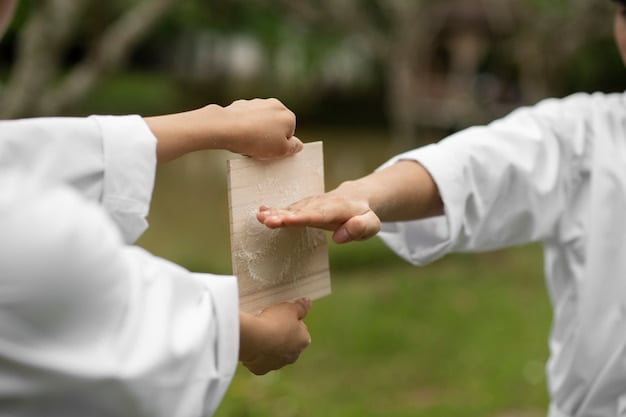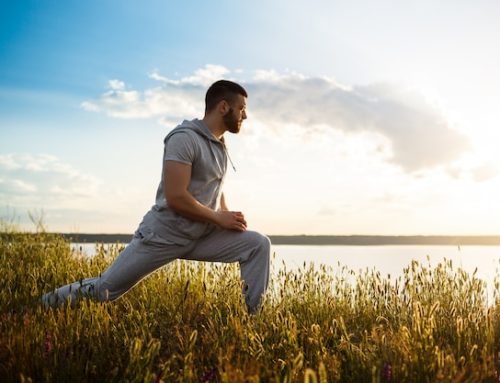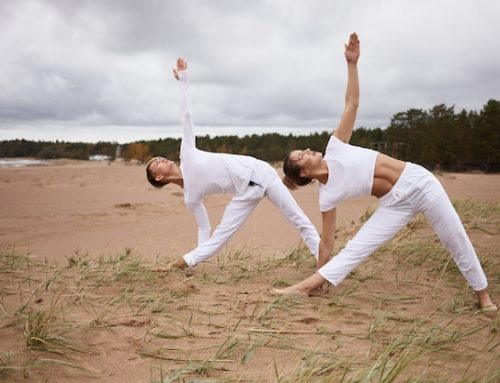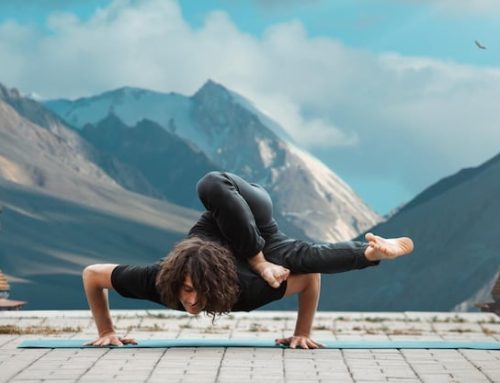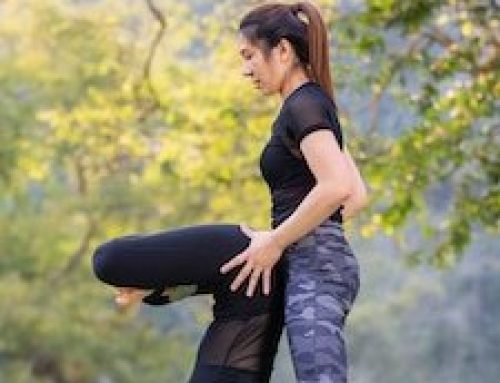Tai Chi: An Ancient Chinese Practice for Well-Being
Tai Chi is a traditional Chinese practice that focuses on the flow of energy, known as “chi,” through the body. This ancient practice involves slow, gentle movements, and is often referred to as “moving meditation.” Tai Chi has been practiced for centuries and has gained popularity worldwide due to its numerous health benefits. Today, we will discuss whether Tai Chi can help with osteoporosis.
What is Osteoporosis?
Osteoporosis is a health condition in which bones become weak and brittle due to loss of tissue, making them more prone to fractures. This condition is often called a “silent disease” because it progresses without any signs or symptoms until a bone breaks.
According to a report by the International Osteoporosis Foundation, osteoporosis affects approximately 200 million women worldwide. In the US, about 54 million people have this condition, and it causes more than 2 million fractures annually.
Tai Chi and Osteoporosis: What the Research Says
Several studies have shown that Tai Chi can help improve bone density in individuals with osteoporosis. One study published in the Journal of Bone and Mineral Research found that women who practiced Tai Chi for 12 months had a 3.3% increase in bone mineral density in the spine compared to a control group who did not practice Tai Chi.
Another study published in the Journal of Aging and Physical Activity found that Tai Chi improved physical function and reduced the risk of falls in older adults with osteoporosis. The study analyzed the effects of Tai Chi on 30 older adults with osteoporosis over the course of 16 weeks. The results showed that participants who practiced Tai Chi had improved physical function and balance, reducing their risk of falls.
How Does Tai Chi Help?
Tai Chi incorporates gentle, controlled movements that involve weight-bearing activities, such as standing on one leg, which can help improve bone density. The movements in Tai Chi also stimulate the muscles and joints, which can help improve balance and flexibility, reducing the risk of falls.
Tai Chi also helps manage stress, which is beneficial for bone health. Chronic stress can lead to high levels of cortisol, a hormone that can cause bone loss. Regular practice of Tai Chi can help reduce stress and cortisol levels in the body, promoting bone health.
Who Can Benefit?
Tai Chi is a low-impact exercise that can benefit people of all ages, including those with osteoporosis. Since Tai Chi is a low-impact exercise, it is less likely to cause fractures compared to high-impact exercises such as running or jumping. However, it is always best to consult with a healthcare provider before starting any exercise program, especially if you have osteoporosis. Tai Chi has been recognized as a beneficial practice for individuals with osteoporosis. Here’s a table outlining how Tai Chi can contribute to the fight against osteoporosis:
| Tai Chi in the Fight Against Osteoporosis |
|---|
| Enhances balance and stability: Tai Chi exercises involve slow, controlled movements that promote balance and improve stability. This can help reduce the risk of falls and fractures, which is a concern for individuals with osteoporosis. |
| Builds bone density: Weight-bearing exercises are important for maintaining and improving bone density. Tai Chi incorporates weight-bearing elements through weight shifting and gentle impact on the legs and spine, which can stimulate bone remodeling and potentially slow down bone loss. |
| Increases muscle strength: Tai Chi includes muscle-strengthening movements that target various muscle groups. Strengthening the muscles surrounding the bones can provide added support and protection for the skeletal system. |
| Promotes flexibility and joint mobility: The gentle, flowing movements of Tai Chi help improve flexibility and maintain joint mobility, which can reduce the risk of stiffness and enhance overall range of motion. |
| Reduces stress and anxiety: Chronic stress and anxiety can contribute to osteoporosis by negatively impacting bone health. Tai Chi incorporates deep breathing and relaxation techniques, which can help reduce stress levels and promote a calmer state of mind. |
| Enhances body awareness and posture: Practicing Tai Chi helps develop body awareness and proper alignment. This can improve posture, which in turn reduces the risk of falls and spinal compression fractures often associated with osteoporosis. |
| Supports overall well-being: Tai Chi promotes a holistic approach to health and well-being. Regular practice can provide a sense of mindfulness, relaxation, and a positive outlook, which may positively impact overall health and quality of life for individuals with osteoporosis. |
Getting Started with Tai Chi
Getting started with Tai Chi is a wonderful way to begin your journey into this ancient Chinese martial art and mind-body practice. Here are some steps to help you get started:
- Find a qualified instructor: Look for a certified Tai Chi instructor who has experience teaching beginners. They can guide you through the proper techniques and provide personalized instruction based on your needs and abilities.
- Choose a Tai Chi style: There are various styles of Tai Chi, such as Yang, Chen, Wu, and Sun. Research the different styles to find one that resonates with you and suits your goals and preferences. Yang style is often recommended for beginners due to its flowing, gentle movements.
- Start with basic movements: Beginners usually begin by learning a set of fundamental Tai Chi movements or a specific form. These movements are typically slow and gentle, focusing on body alignment, weight shifting, and breathing.
- Practice proper posture: Tai Chi emphasizes good posture and alignment. Stand tall with a relaxed and upright spine, a slight bend in the knees, and a soft, relaxed posture. Maintain a relaxed and calm facial expression.
- Learn the principles of Tai Chi: Tai Chi is not just about the physical movements but also about cultivating a mindful and meditative state. Pay attention to your breath, focus on the present moment, and aim for a flowing and connected movement.
- Start with a short practice session: Begin with shorter practice sessions, such as 10-15 minutes, and gradually increase the duration as you become more comfortable and confident. Consistency is key, so aim to practice regularly, even if it’s for a few minutes each day.
- Practice mindfulness and relaxation: Tai Chi combines physical movement with mental focus and relaxation. As you perform the movements, bring your awareness to your body, breath, and the sensations you experience. Allow yourself to relax and let go of tension.
- Be patient and persistent: Tai Chi is a lifelong practice that requires patience and persistence. Progress may be gradual, so embrace the journey and enjoy the process of learning and improving over time.
Conclusion
In conclusion, Tai Chi is a low-impact, gentle exercise that can help improve bone density, balance, and reduce the risk of falls in people with osteoporosis. Tai Chi also offers several other health benefits, such as stress reduction, improved flexibility, and overall well-being. As with any exercise program, it is always best to consult with a healthcare provider before starting, especially if you have osteoporosis. Give Tai Chi a try and experience the benefits it has to offer!
